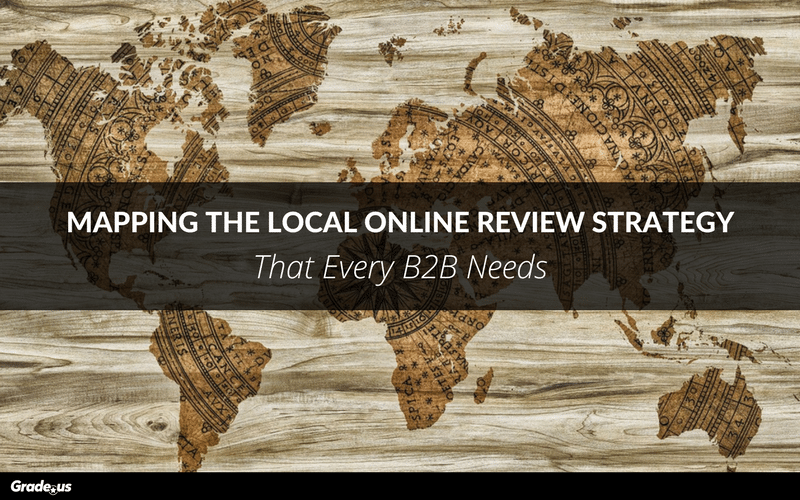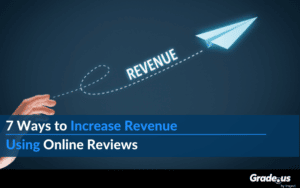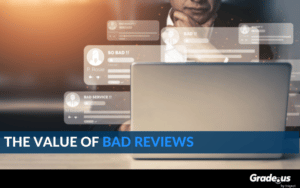B2B companies are in trouble.
New customers can’t tell you and your competition apart. It’s a component the vast majority of B2B companies struggle with. Then, to magnify the problem, the vast majority of B2B companies have little to no reviews.
If you’re a B2B company, that’s devastating, here’s why.
You’re an expert, your customers are not.
Well, that’s pretty obvious.
Why would they need you if they were the experts? They clearly wouldn’t, they’d solve their problem themselves. Here’s why this is such a serious problem.
Customers can’t evaluate your B2B company
They’re not experts.
Most of the time they’re not even remotely familiar with your company’s area of expertise.
This lack of expertise makes them vulnerable.
Customers are smart, they know they’re likely to get fleeced if they make the wrong choice. So they try to hedge their bets. They focus on…
- Reviews
- Case studies
- Price
- Availability
- Prestige
- Control
- Location
Customers search for anything they can to minimize their risk. Their focus isn’t necessarily success; often times it’s eliminating and avoiding pain.
You won’t eliminate customer pain if…
You’re missing an online review strategy.
That’s because the details B2B customers focus their attention on aren’t necessarily the most important. Believe it or not, customers want the same basic things from you (most of the time).
1. Trust. B2B Customers want validation, social proof stating you’re a safe choice to work with. They want to know you’ll always act in their best interest even if it hurts you.
2. Authority in the B2B space is incredibly important. B2B customers want to work with experts, leaders in their fields. If they can attract experts at a bargain, even better.
3. Less risk. Choosing the wrong company can be devastating. A bad decision can cost decision makers their jobs, ruin careers and erode profits. Customers in this space are terrified of making the wrong decision and they look to you to reduce risk.
4. In-group favoritism. B2B customers want to see that you’re part of their group, that you share the same values and approach they do. Customers use what they see to make inferences about your values and whether you’re like them.
B2B companies are run by people. An online review strategy gives these people, your customers, the things they need to feel comfortable working with your business.
Sharing these details with customers gives them confidence.
How do you get B2B prospects to trust you?
When they’re first introduced to you they look for social proof signals, 3rd party sources to vouch for your business’ credibility. They search on Google, browse through LinkedIn and troll review sites looking for reviews.
Bad news, if you don’t have what they want.
When you’re missing these factors, it becomes difficult for customers to choose one company over another.
An online review strategy gives your customers confidence.
You’re able to differentiate yourself from the competition in a way that matters to customers. Customers receive the things they need to choose your B2B company over a competitor.
It’s a win/win right?
Sort of.
It all depends on whether your B2B company has the right online review strategy in place.
Okay…
What does a profitable online review strategy look like?
Step #1: Build an inventory of reviews
Your online reviews need to accomplish two things (1.) to provide social proof to prospective customers and (2.) defuse customer objections.
You’ll need an inventory of 5 to 10 outstanding reviews to start.
What exactly are outstanding reviews?
Outstanding reviews are well thought out; they’re clear and concise. They answer specific customer questions, painting a detailed picture of what prospects should expect from you. And finally, they provide social proof and defuse objections.
5 to 10 reviews are the starting point.
Your inventory of amazing reviews should always be growing.
Here’s why.
· Stave off negative reviews. Negative reviews are a part of life. A consistent stream of positive online reviews ensures customers see you as the rockstar you are rather than the screw-up an unhappy customer says you are.
· Deal with Google’s recency bias. Google often prefers fresh content, which makes sense given the nature of online reviews. Older reviews may not be displayed as prominently so it’s important to supply Google (and Bing) with a steady stream of positive reviews.
· Defuse new objections. Changes in the industry, competitor mistakes and technology updates frequently create new objections (e.g. why should I pay for a cab when Uber is cheaper?). Reviews that answer these objections boost customer confidence dramatically.
Have your 5 to 10 reviews?
Fantastic! Reach out to customers, asking them to share their feedback on relevant review sites. Google, Facebook, Yelp for general searches and specialized sites (e.g. Avvo, ZocDoc, etc. for specialized reviews).
The ask is key.
You’ll need to pursue B2B customers if you want a review. Here’s the good news; it’s not as difficult as it sounds. Due to the nature of B2B, you’re far more likely to have a more in-depth relationship with customers. The complex nature of B2B means you’re more likely to have deeper roots with customers. It’s not a one time visit from a random customer.
This is an advantage for getting reviews so long as you approach decision makers or your point of contact with care.
Step #2: Make your customer’s problems worse
B2B companies have a neverending stream of problems. They’re running from one fire to the next doing everything they can to build and grow their business.
These problems are your in.
Make your customer’s problems, as it relates to your business, worse. I know, I know, it sounds insane. Am I suggesting that you try to hurt your customer?
Not a chance.
I’m suggesting that you show customers the consequences their problems will have if they’re ignored. I’m suggesting that you paint an accurate picture of the damage that will follow.
Still sounds terrible, doesn’t it?
Until you break things down and you analyze your customer’s specific situation.
There are way too many demands on their time. They’re overwhelmed and overworked. Everyday they’re forced to choose. Which problem gets their attention today? The big problem that needs their attention right now or the bigger problem that’s coming if they don’t act?
What exactly does that look like?
- Showing them negative customer feedback
- Sharing data on the amount of business they’re losing
- Showing them who they’re losing business to
You’re looking to position your company as the solution to their problems, which means you’ll need to…
Step #3: Lure B2B prospects in with bait
If you’re offering professional services (e.g. legal, accounting, agency or consulting) you can include case studies and positive reviews in your downloads, blog posts and ads.
If you’re a contractor or landscaping professional, you can include reviews on your proposals and bids. In the logistics industry? Use online reviews to discuss the unique parts of your service (e.g. delivery has never been late, always on time and under budget, etc.).
Create a list of places you can use for your online reviews. Make it a systematic process to add new reviews and include them in your sales and marketing materials.
Here’s a short list of places you can add or include reviews.
- Retargeting display campaigns
- Email sales content and email signatures
- Online review sites
- LinkedIn, Twitter and Facebook posts (including ads)
- Proposal content and project bids
- In-person displays at your office, store or location
- Included with direct mail pieces
- Video platforms (e.g. YouTube, Vimeo, etc.)
- At the beginning, middle and end of blog posts
This isn’t a comprehensive list, it’s just one to help you get started.
Which leads to the next problem.
What if you can’t get a response from the B2B customers you’re pursuing? It’s simple. You…
Step #4: Convert customers who ignore you
Use emotional triggers and your bait pieces to retarget prospects. If you have a video review from one of your B2B customers, focus on that. Just text? Combine it with an image of your customer and you have what you need to successfully retarget and close bounced visitors.
Here’s a few examples:

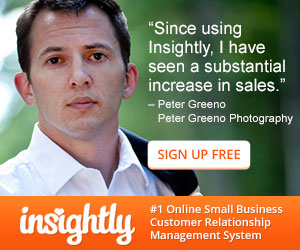

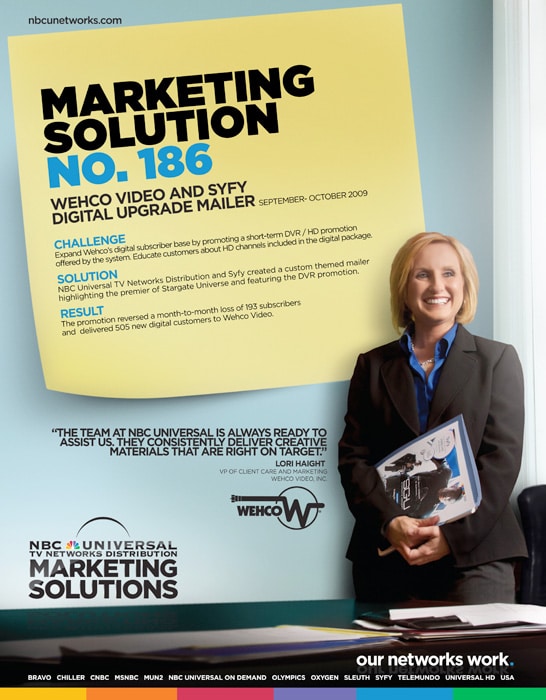


Retarget visitors, enticing them to visit so they can read, listen or watch customers rave about you.
Like these Code Academy reviews,
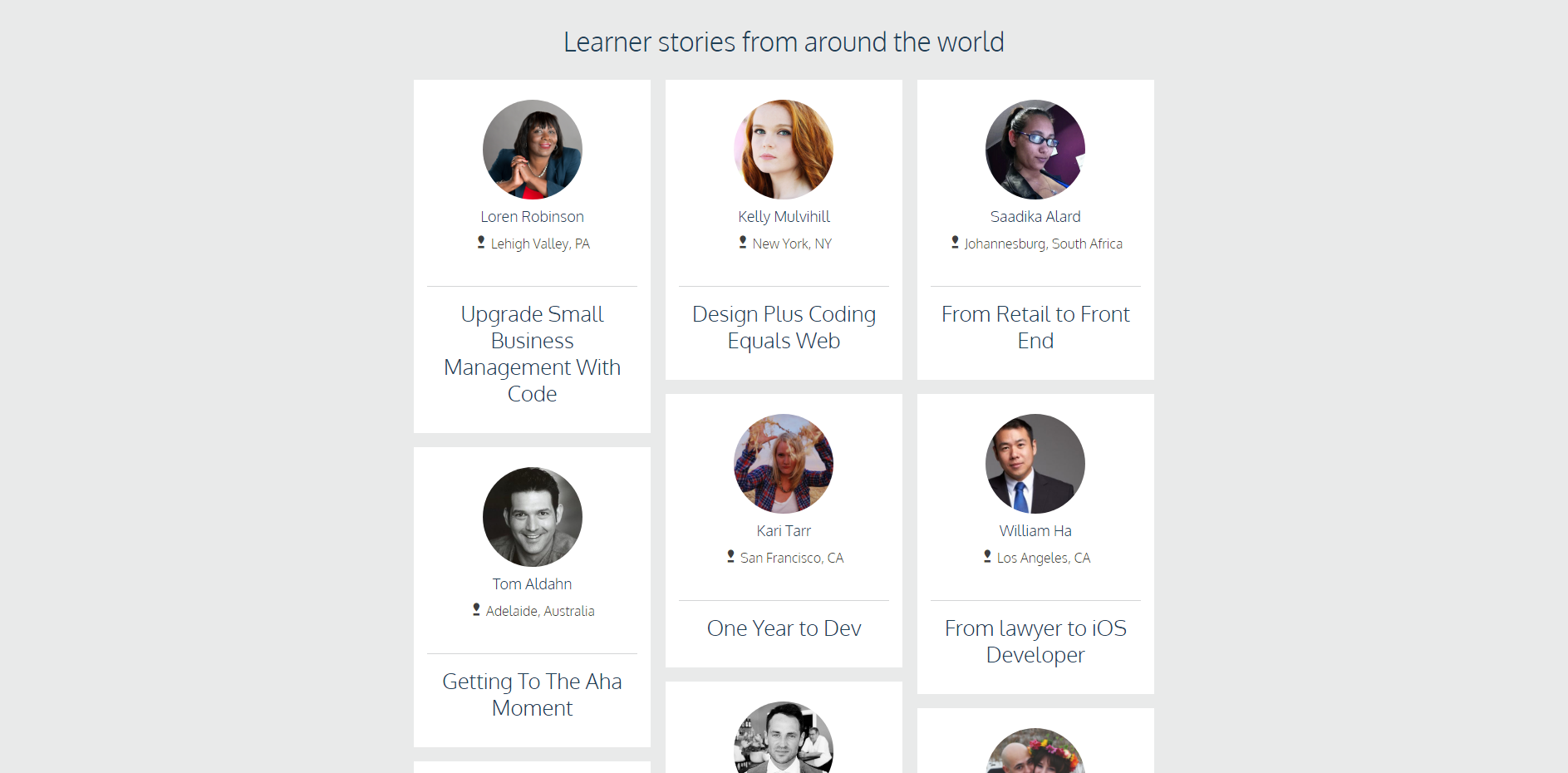
or the reviews and testimonials via 99designs,
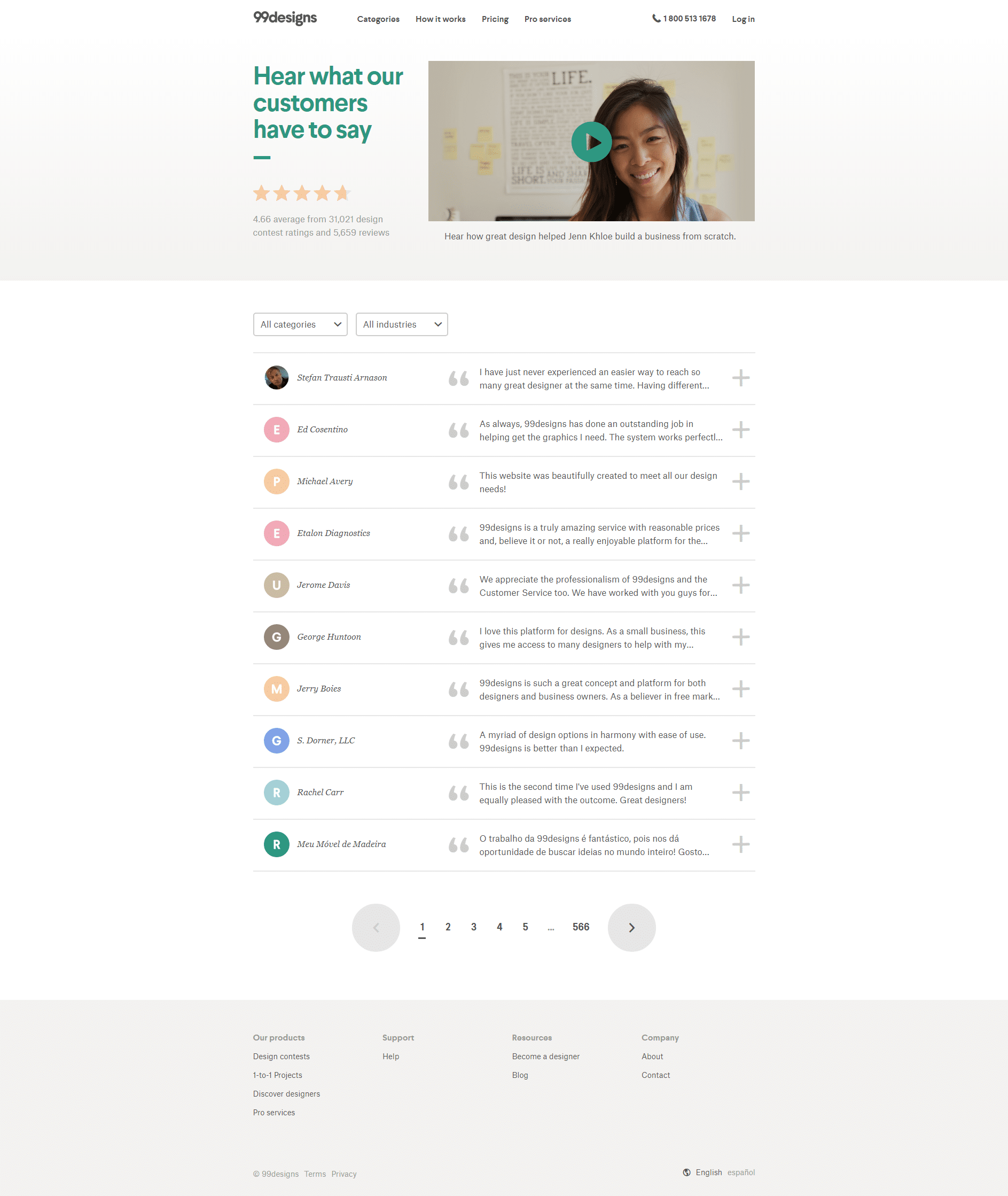
or this Brainshark review from a B2B customer,
Makes sense right?
What if you’re looking to turbocharge your online review strategy? How would you maximize the amount of leads you’re able to generate from this strategy?
You follow the recipe.
Authority + Urgency + Uniqueness = $$$
Let’s break it down a bit further.
· Authority refers to social proof, prestige elements (e.g. fame, access to influencers, well known track record, etc.). The as seen on…, is a well known way to generate Authority. It’s far more believable when other credible sources acknowledge you as an “Authority.”
· Urgency as you know, gets customers to act quickly. Within the B2B space, urgency depends on factors your target audience finds compelling. 10% discount if you act now may not be as compelling as we only accept four customers at a time. Testing different offers gives you the answer.
· Uniqueness. The one, specific, measurable and compelling thing that makes your business unique. Neglect uniqueness and you’re simply training customers for your competitors.
This formula, combined with a compelling review strategy creates an irresistible offer B2B companies find difficult to ignore.
“An online review strategy may not work for me…”
There’s a non-disclosure clause in my agreement,” or “it’s a compliance issue. It’s just not done in our industry…”
These are legitimate complaints.
How on earth are you supposed to create an effective review strategy if you can’t talk about your clients or the results you’re able to achieve?
Where there’s a will, there’s a way.
If compliance requirements state you can’t share personalized details, anonymize the review. Can’t mention your clients by name? Get their permission to record an anonymous video or audio review minus any confidential information.
What difference will that make?
Customers who are vaguely familiar with your product or service will understand. If it’s a common practice to avoid sharing these details, you can provide specific group details (e.g. 10,000 families in the Los Angeles area were served by our new initiative).
Customers will still be able to understand the value you bring to the table. Handled well, you’ll be able to share reviews in a compelling, yet appropriate way.
How do I know?
Clearwater Compliance.
Clear water Compliance helps organizations manage their compliance and risk management programs. Sticky territory as far as privacy is concerned.
How did they solve this problem?
They shared case studies and reviews, outlining the specifics of the problems they solved for their customers, while maintaining customer privacy.
They list their case studies
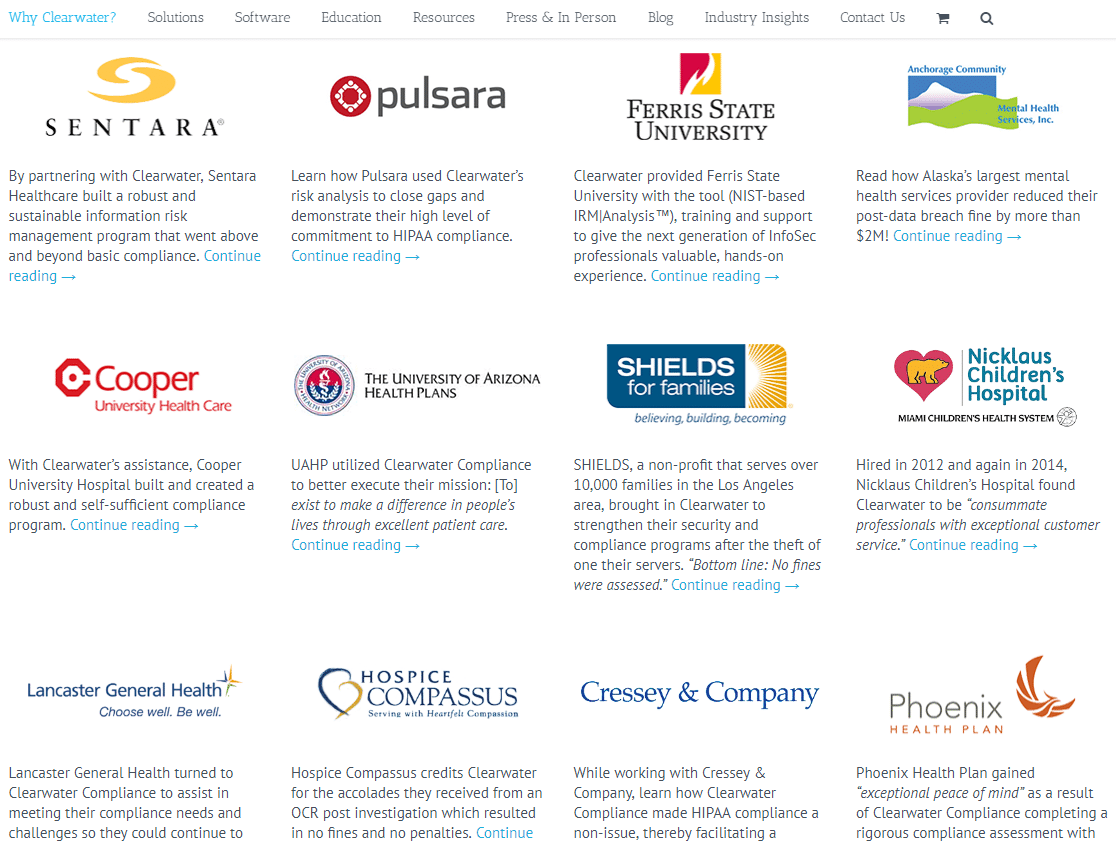
And an individual study,
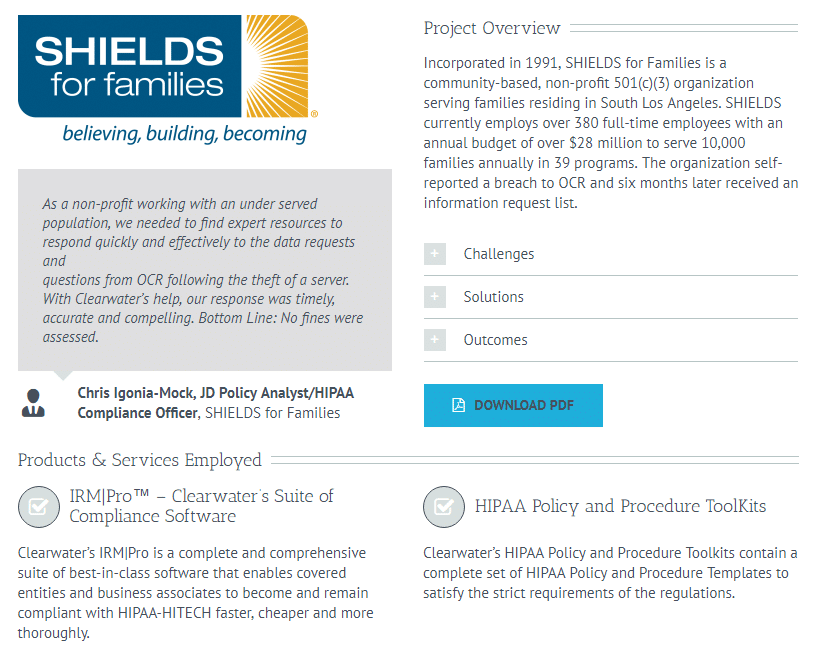
See what they did there?
They avoided sharing customer specifics, but they’ve provided more than enough info to be credible.
And you know what?
Their customers get it. Their customers know the compliance game. No loss in conversions here.
You can do it too.
You’re an expert, your customers are not
B2B customers often lack the resources and know-how needed to properly evaluate you or your competitors. Most would never admit it, but you know the truth.
That’s okay, you know their next moves.
B2B customers use substitution metrics – reviews, case studies, price, location – anything they can to hedge their bets and evaluate your business.
But you know the formula.
Authority + Urgency + Uniqueness = $$$
Build your online review strategy around these three core elements and you create an irresistible offer, one B2B customers find too difficult to pass up. You’re the expert after all. 😉
About the Author
Andrew McDermott
Andrew McDermott is the co-founder of HooktoWin. He shows entrepreneurs how to attract and win new customers.

